Blog

The importance of hygiene in restrooms
What are touchless sanitary solutions?
Touchless sanitary solutions are products or systems that allow people to clean or sanitize their hands or other surfaces without physically touching them. These solutions use sensors to detect the presence of a hand or object and dispense the necessary amount of cleaning solution or turn on and off automatically, respectively. Touchless sanitary solutions are designed to reduce the risk of contamination and the spread of germs and bacteria by eliminating the need for physical contact. See all Stern products to find the touchless solution for you!
Benefits of touchless sanitary solutions
There are many benefits to using touchless sanitary solutions in restrooms. Here are a few of the most significant benefits:
Promote good hygiene: Touchless sanitary solutions make it easier for people to maintain good hygiene by allowing them to clean or sanitize their hands and surfaces without touching them. This can reduce the spread of germs and bacteria and help prevent the transmission of illnesses and infections.
Reduce maintenance: Touchless sanitary solutions can be easier to maintain than traditional solutions. For example, touchless soap dispensers may require less frequent refilling than manual dispensers, and touchless faucets may require less cleaning than traditional faucets.
Cost-effective: While touchless sanitary solutions may be more expensive to install initially, they can be cost-effective in the long run. For example, touchless faucets can save water and reduce energy costs by automatically turning off when not in use.
Types of touchless sanitary solutions
There are several types of touchless sanitary solutions available on the market. Here are some of the most popular types:
Touchless soap dispensers: These dispensers work in a similar way to touchless hand sanitizer dispensers, using infrared sensors to detect the presence of a hand and dispense soap without the need for physical contact.
Touchless faucets: These faucets are designed to turn on and off automatically, eliminating the need to touch the faucet handle. Touchless faucets typically use infrared sensors to detect the presence of a hand and turn the water on and off as needed.
Considerations when choosing touchless sanitary solutions
When choosing touchless sanitary solutions for your restroom, there are a few things to consider:
User-Friendliness: Touchless solutions should be easy to use for all users, including those with disabilities or limited mobility. This includes factors such as the placement of the unit, the size and shape of the activation area, and the level of force required to activate the unit.
Maintenance: Touchless solutions require regular maintenance to ensure they are functioning properly and delivering an adequate amount of product. It is important to choose solutions that are easy to maintain and have clear instructions for cleaning and upkeep.
Durability: Restroom products are subjected to frequent use and abuse, so it is important to choose touchless solutions that are durable and able to withstand heavy use. Products should be made from high-quality materials and built to last.
Cost-Effectiveness: Touchless solutions can be more expensive than traditional manual products, so it is important to weigh the cost of the product against its benefits, such as improved hygiene and reduced waste.
By considering these factors, you can choose touchless sanitary solutions that are user-friendly, easy to maintain, durable, and cost-effective for your restroom.
Why upgrading your restroom matters
There are also other types of touchless sanitary solutions available, such as touchless paper towel dispensers, touchless toilet flush systems, touchless door handles, touchless trash cans, and touchless elevators. These solutions use infrared sensors or other types of sensors to detect the presence of a hand or object and activate the appropriate mechanism.
One of the major benefits of touchless sanitary solutions is that they can help to reduce the spread of germs and bacteria. By eliminating the need for physical contact, touchless solutions can help to minimize the risk of cross-contamination and infection. This is especially important in settings where large numbers of people come into contact with each other, such as in hospitals, schools, offices, and other public places.
In addition to their benefits in promoting good hygiene, touchless sanitary solutions can also have other advantages. For example, touchless faucets can save water and reduce energy costs by automatically turning off when not in use. Touchless soap dispensers can reduce waste by dispensing the appropriate amount of soap for each use. Touchless paper towel dispensers can also reduce waste by dispensing the exact amount of paper towel needed.
There are a few potential downsides to using touchless sanitary solutions, such as cost and maintenance issues. One potential downside is the cost of purchasing and installing these systems. Touchless sanitary solutions may be more expensive than traditional solutions, but they can save money in the long run by reducing the spread of infection and minimizing the need for cleaning and maintenance.
Maintenance can also be a challenge with touchless systems, as they require regular cleaning and upkeep to ensure proper function. In addition, the sensors and other components of touchless systems can sometimes malfunction or break down, requiring repairs or replacements.
Overall, touchless sanitary solutions are an important tool in promoting good hygiene and reducing the spread of germs and bacteria. They are especially important in the current climate, where there is heightened awareness of the risks posed by infectious diseases. By choosing the right touchless sanitary solutions and following proper hand hygiene practices, we can all do our part to help keep ourselves and those around us healthy and safe.


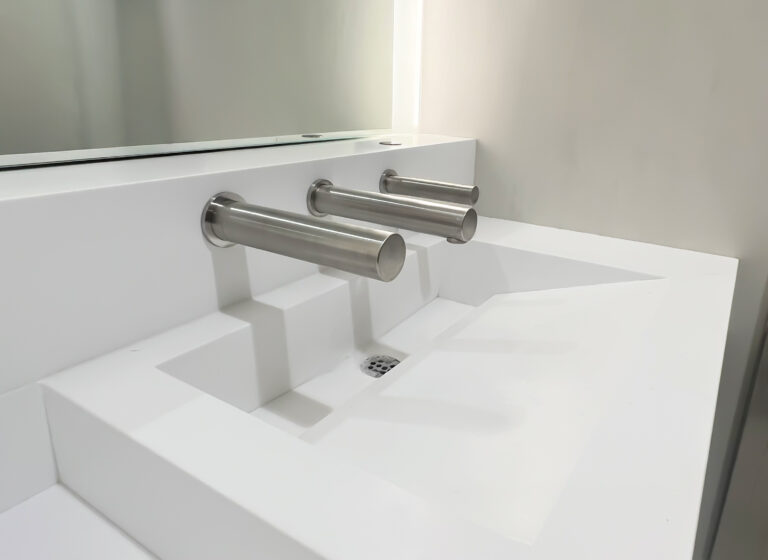


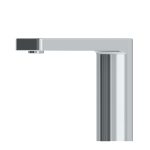 Boreal
Boreal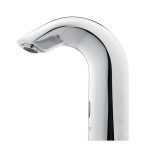 Classic
Classic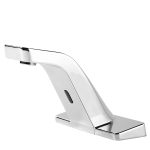 Condor
Condor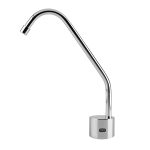 Cool TF
Cool TF Csaba
Csaba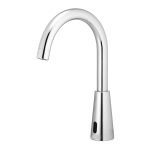 Dolphin
Dolphin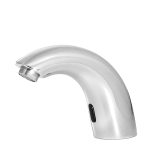 Easy
Easy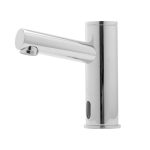 Elite
Elite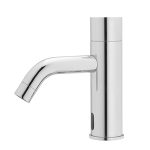 Extreme
Extreme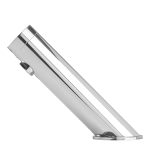 Green
Green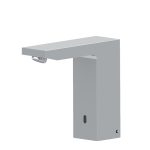 Quadrat DM
Quadrat DM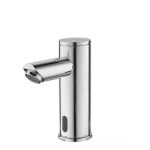 Smart
Smart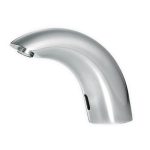 Swan
Swan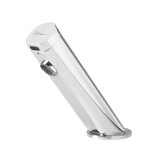 Touch Free
Touch Free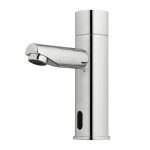 Trendy
Trendy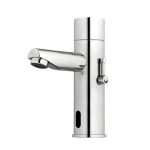 Trendy T
Trendy T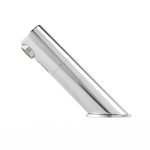 Tubular DM
Tubular DM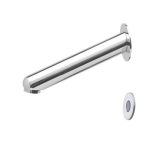 Apollo AL
Apollo AL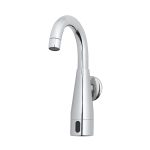 Apollo Free
Apollo Free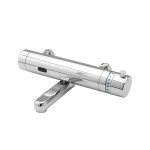 Apollo Medical
Apollo Medical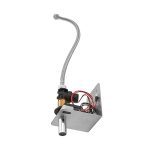 BTM
BTM Cubica
Cubica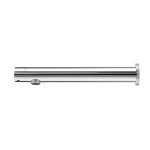 D28
D28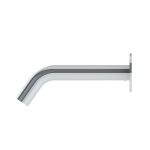 Extreme CS
Extreme CS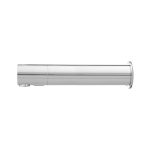 Malmo
Malmo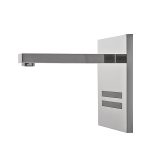 Nara Q
Nara Q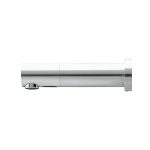 Tubular
Tubular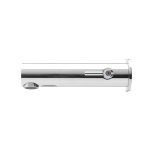 Tubular 1000
Tubular 1000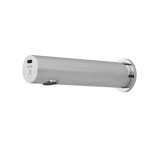 Tubular Wave DP LE
Tubular Wave DP LE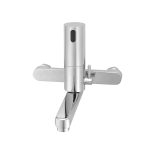 Washfree 1000
Washfree 1000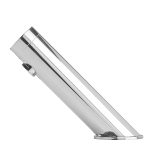 Green Time
Green Time